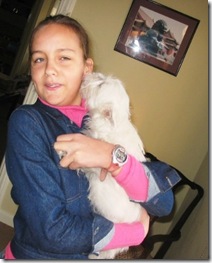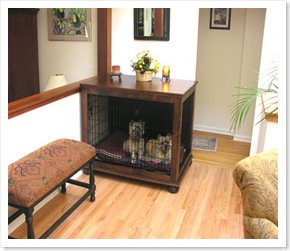Crate train your puppy early as it will benefit both the puppy and its owner. The puppy will use the crate as its home or bed for rest and security, if trained properly.
It could also assist you in your potty training too.
Why a dog crate?
A crate will be taken as a comfortable and secured home for your puppy if you crate train it properly. It would not soil it since it is going to rest and sleep there, and you can also use it to potty train your dog too.
Introduce the puppy into the crate by luring it in with some toy or a treat or, worst case; just carry the little cute puppy into it. You can place an old T-shirt or towel to make it more comfortable for it to rest and sleep.
You should only put the puppy into the crate when it sleeps at night and it would slowly learn to go into it for nap during the day. Or when it feels frighten in certain circumstances like heavy rain with thunder and lightning.
Eventually, it will learn that the crate is its home and a place to go to for rest and sleep, and a place where it feels secure.
The crate can also be useful if it is an indoor dog and you need to leave it alone in the house or apartment when you go out for a short while.
So what is a dog crate?
A dog crate can be a foldable metallic fence, plastic dog house, collapsible plastic or foldable portable nylon mesh crate. I would recommend that you get a big size plastic crate with a metallic door; one that can have the top half removed.
There are different sizes of crates to suit the different breeds of dogs. Your dog must be able to sit upright inside the crate and lie down comfortably across the crate. It must be able to turn around inside the crate. I would suggest that you buy the size that would fit your puppy when it has grown into an adult dog.
The crate should not be used for confinement as a punishment for some wrongdoing. For example , it should not be used to punish your dog when it does not listen to your commands during training.





No comments:
Post a Comment